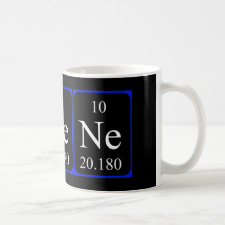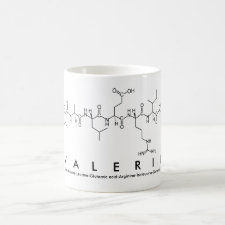
Authors: Moussa M, Ndiaye MM, Pinta T, Pichon V, Vercouter T, Delaunay N
Article Title: Selective solid phase extraction of lanthanides from tap and river waters with ion imprinted polymers.
Publication date: 2017
Journal: Analytica Chimica Acta
Volume: 963
Page numbers: 44-52.
DOI: 10.1016/j.aca.2017.02.012
Alternative URL: http://www.sciencedirect.com/science/article/pii/S0003267017302271
Abstract: For the first time, an ion imprinted polymer (IIP) able to selectively extract simultaneously all the lanthanide ions was successfully synthesized in acetonitrile using Nd3+ as a template ion, methacrylic acid as a complexing monomer, and ethylene glycol dimethacrylate as a cross-linker. A non-imprinted polymer (NIP) was synthesized under the same conditions as those of the IIP, but in the absence of the template ion. After the removal of the template ions, grounding and sieving, the IIP particles were packed in solid phase extraction (SPE) cartridges. The selectivity of the IIP was evaluated by comparing its behavior with the one of the NIP. Each SPE step (percolation, washing, and elution) was optimized in order to find the best compromise between the selectivity and the extraction recoveries. Using the optimized SPE conditions, the extraction recoveries of eight lanthanide ions representative of the lanthanide family were higher than 77% with an average value of 83% with the IIP, whereas, in the case of the NIP, they ranged between 14 and 36% and they were below 3% for the interfering ions from alkali, transition, and post-transition metal families with the IIP. A first evaluation of the reproducibility of the SPE profiles was carried out by performing statistical tests on the data obtained with several cartridges filled with particles obtained from two different IIP and NIP syntheses. Promising results were obtained. The specific capacity, i. e. the adsorption capacity of Nd3+ ions by the specific cavities of the imprinted polymer, was about 9 mg of Nd3+ per gram of IIP (60 μmol g-1), which is more than enough for the extraction of the lanthanide ions at trace levels. The breakthrough volume was about 1 mL per mg of IIP, leading to an enrichment factor of 15, which allows not only to selectively extract the lanthanides but also to concentrate them. Finally, the imprinted polymer was successfully used to selectively extract lanthanides from tap and river waters spiked at 1 μg L-1
Template and target information: neodymium ion, Nd(III), lanthanides
Author keywords: ion imprinted polymer, lanthanides, Solid-Phase Extraction (SPE), Tap water, river water



Join the Society for Molecular Imprinting

New items RSS feed
Sign-up for e-mail updates:
Choose between receiving an occasional newsletter or more frequent e-mail alerts.
Click here to go to the sign-up page.
Is your name elemental or peptidic? Enter your name and find out by clicking either of the buttons below!
Other products you may like:
 MIPdatabase
MIPdatabase









